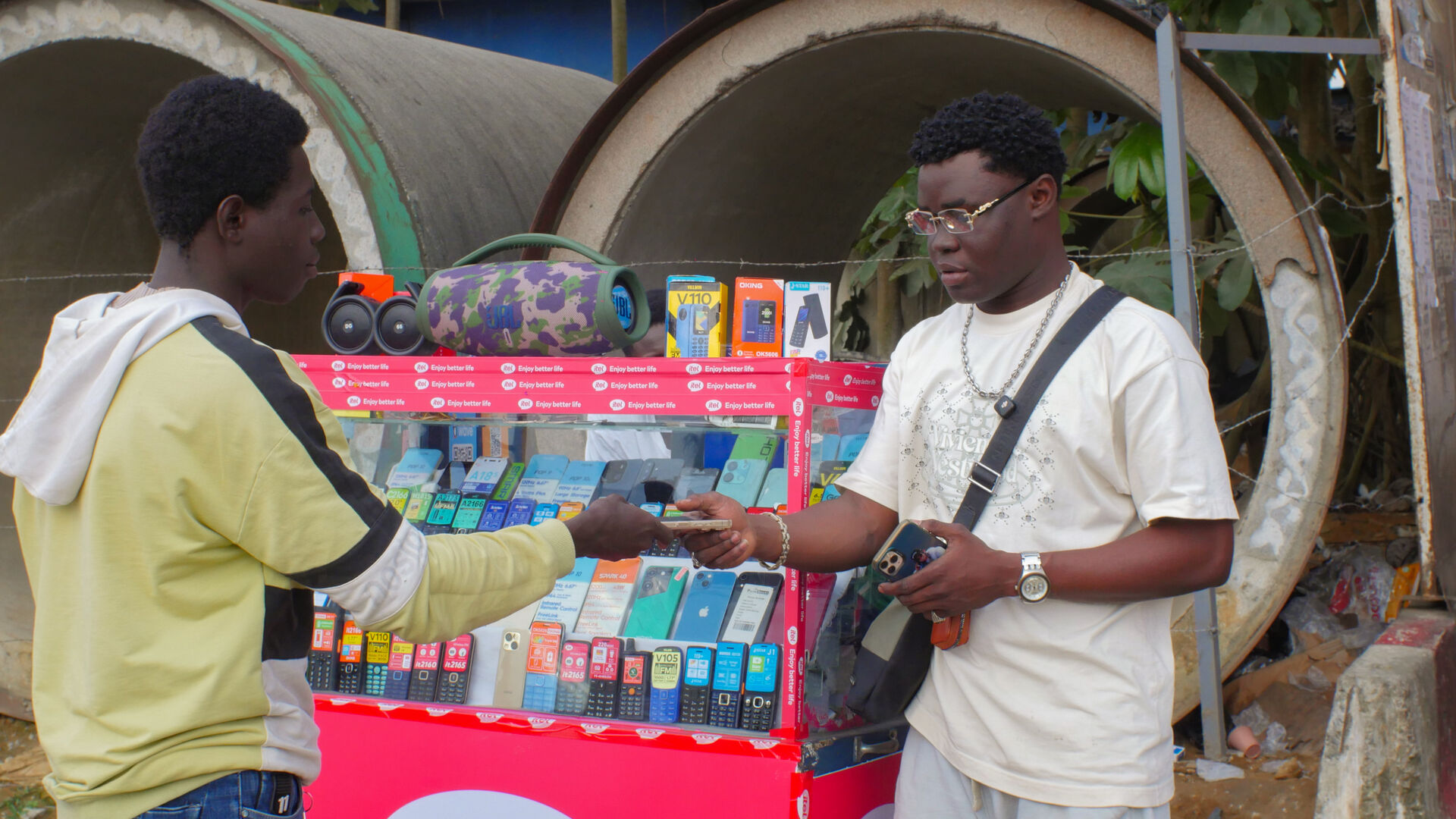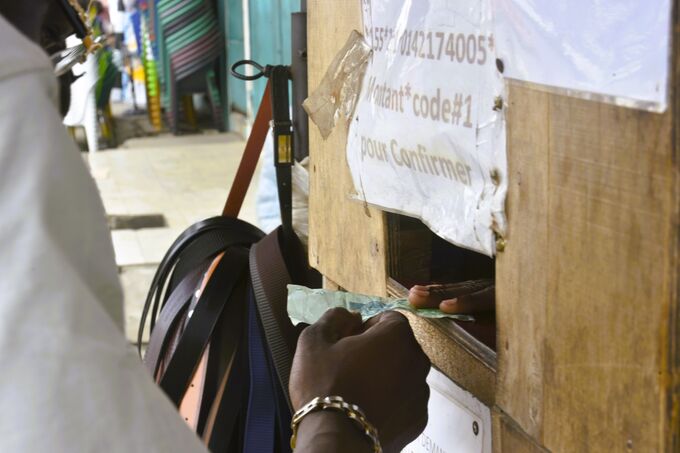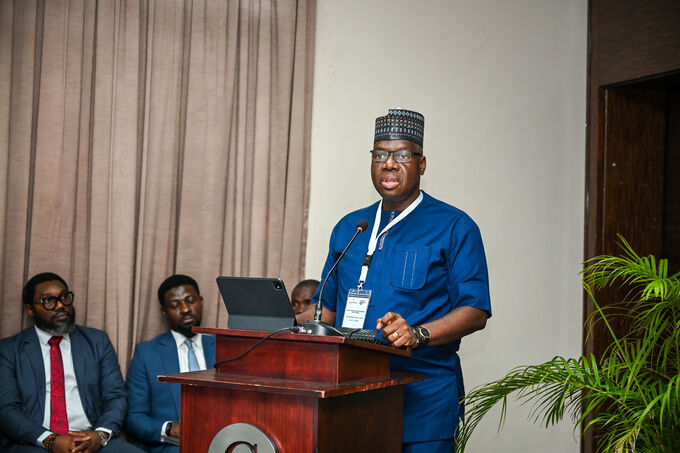
News
A Historic Milestone: SIIPS 2025 to Unveil Africa’s First Mature Inclusive Instant Payment System
by Sabine F. Mensah, Deputy CEO, AfricaNenda Foundation - 20 October 2025
For years, stakeholders across Africa have worked to build a digital payments ecosystem that offers a broad range of functionality and is inclusive to all potential end users. Progress has been steady, but until now, full inclusivity has remained out of reach.
That changes this November.
At the launch of the State of Inclusive Instant Payment Systems in Africa (SIIPS) 2025, AfricaNenda Foundation will announce a landmark achievement: for the first time, an African instant payment system (IPS) has reached the highest, “mature” level of inclusivity on the AfricaNenda Inclusivity Spectrum. This milestone makes it the continent’s first mature Inclusive Instant Payment System (IIPS).
Inclusivity is not attainable through the actions of a payment system alone. It requires the foundations provided by an enabling regulatory environment coupled with active participation by payment service providers, among others. This achievement, therefore, reflects the strategic vision and sustained commitment of the entire payment ecosystem. To stress its importance, it helps to understand the benchmark used to measure inclusivity: the AfricaNenda IPS Inclusivity Spectrum.
The AfricaNenda Inclusivity Spectrum

To track progress, AfricaNenda developed the Inclusivity Spectrum, a systematic framework to assess whether payment systems truly serve all users, especially the financially underserved. It positions an IPS along a developmental trajectory that includes three levels:
- Basic: To qualify for basic inclusivity, an IPS must support the most-used channels in its market. For example, in a market where mobile money is dominant, the IPS must support the USSD channel. In one where most end users own a bank account and a smartphone, mobile apps may be the dominant channel. In addition, the IPS must enable critical, high-frequency use cases like person-to-person (P2P) transfers and person-to-business (P2B) merchant payments.
- Progressed: In addition to the basic criteria, IPS with progressed inclusivity must allow all licensed payment service providers PSPs (including banks, non-banks, and fintechs) to participate in the scheme, thereby creating an interoperable "cross-domain" platform that allows any end user to transact across the entire financial ecosystem, to pay any other, regardless of what type of account they have and which type of provider they hold their account with. Progressed systems must also feature "pro-poor governance," including active involvement of the central bank to protect public policy objectives and opportunities for all participants—both banks and nonbanks—to have a voice in the system's design.
- Mature: These systems meet all the previous criteria and deliver on three additional conditions. First, they must enable most use cases (including government-to-person (G2P) and cross-border payments), resulting in an ecosystem in which funds can circulate digitally for every purpose. Second, the IPS must serve end-users at the lowest possible cost, so that fees do not create a barrier to adoption. Third, they must define consumer recourse requirements by setting and enforcing standards for how participants handle disputes and mitigate risks from fraud or errors.
For years, since the launch of the AfricaNenda Inclusivity Spectrum in 2021, the "Mature" level has been an aspirational one. The SIIPS 2025 report shows it’s now a reality.
How one IPS reached maturity?
The first IPS to reach maturity began over a decade ago and was ranked at the basic level in 2021, with the publication of the first SIIPS. Since then, the IPS has shown tremendous commitment to financial inclusion through continued innovation and investment.
Achieving mature inclusivity requires a series of deliberate steps built over years, beginning with enabling essential use cases and channels. The system progressed to ensure all-to-all interoperability between the payment service providers in its market, established pro-poor governance, and enabled the government-to-person (G2P) payment use case. The IPS now also facilitates business-to-person (B2P), business-to-business (B2B), and person-to-government (P2G). Further, by linking with a regional IPS, the IPS has enabled various cross-border payment scenarios (P2P, P2B, B2B).
For the IPS, the final, crucial step to achieving maturity was the implementation of robust consumer protection and recourse mechanisms. The IPS now has a formal dispute resolution mechanism that requires banks to resolve transaction disputes within a 72-hour window.
Furthermore, it provides consumers with a clear escalation path to the regulator’s consumer protection department, ensuring accountability across the ecosystem. This, combined with its not-for-loss business model —meaning it seeks to recover operating costs but not necessarily make money, thereby enabling low participant fees and low-priced transactions—completed the IPS’ evolution into a fully mature system.

Why mature inclusivity matters
The IPS’ journey to maturity is a proof of concept for the entire continent. It demonstrates the feasibility of building technologically advanced, pro-poor, and sustainable inclusive payment systems.
While we celebrate this historic first, the SIIPS 2025 report identifies the challenges that remain for the other IPS on the continent that continue to strive toward full inclusivity.
The launch event happening in November 13, in Eswatini, will unpack the lessons, challenges, and pathways forward—helping countries and regions accelerate toward full inclusivity.
Stay tuned: Africa’s payment future is being rewritten.


